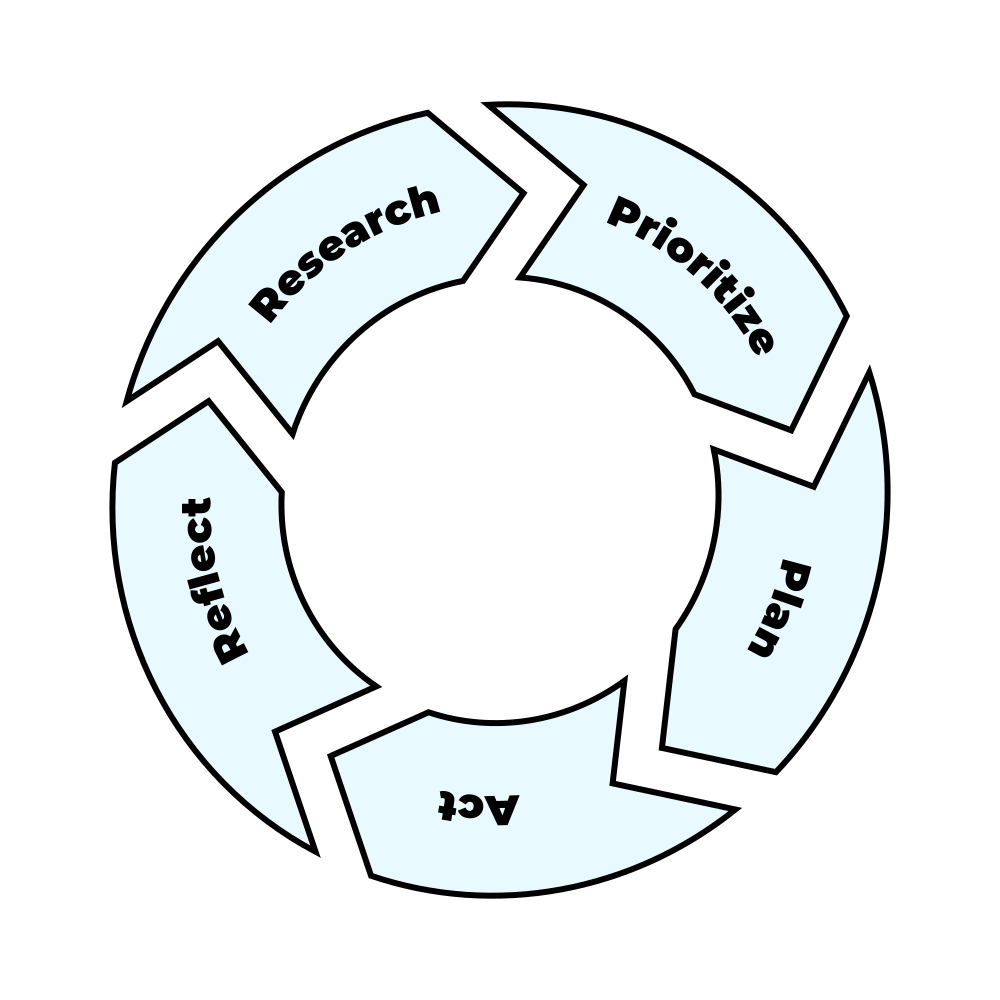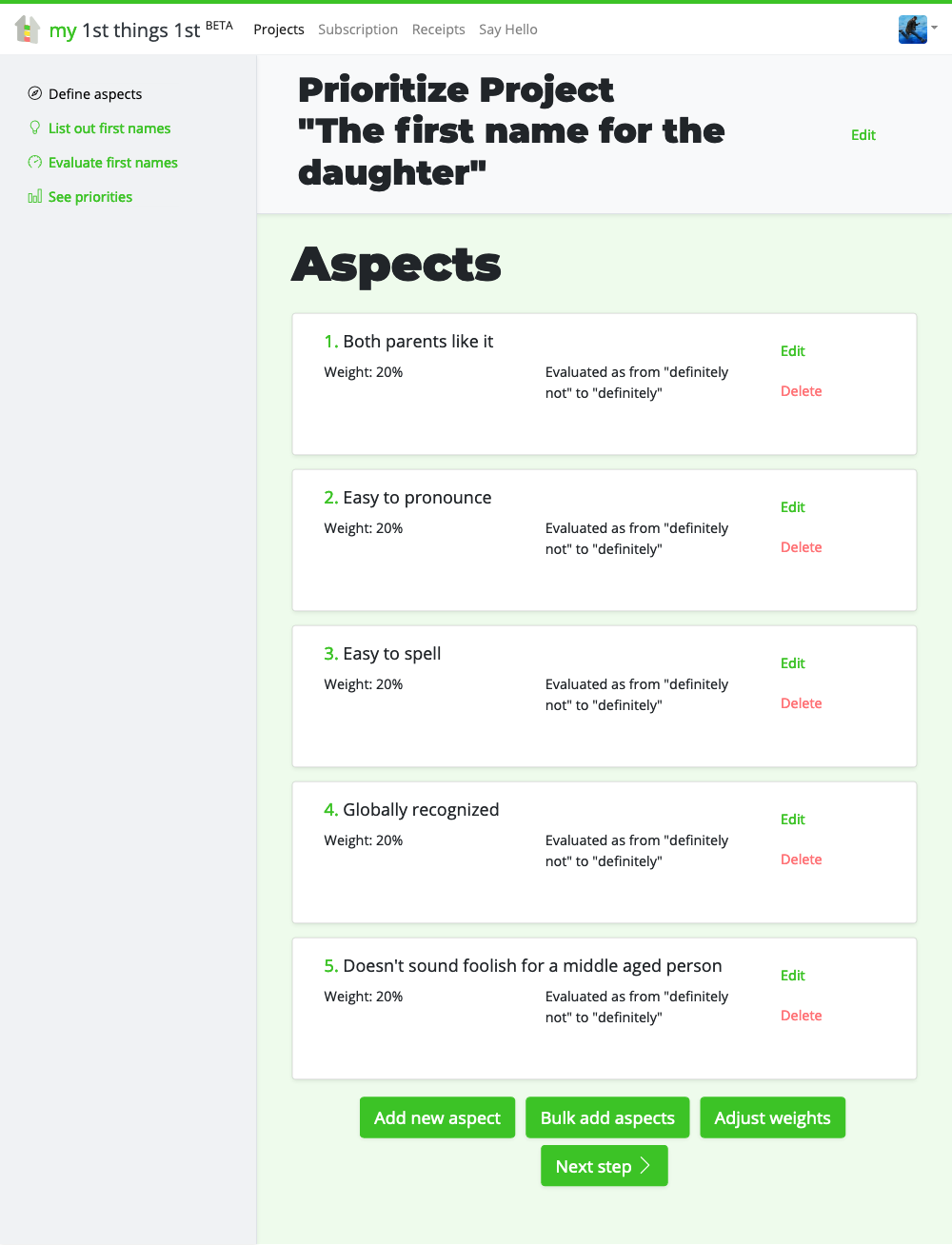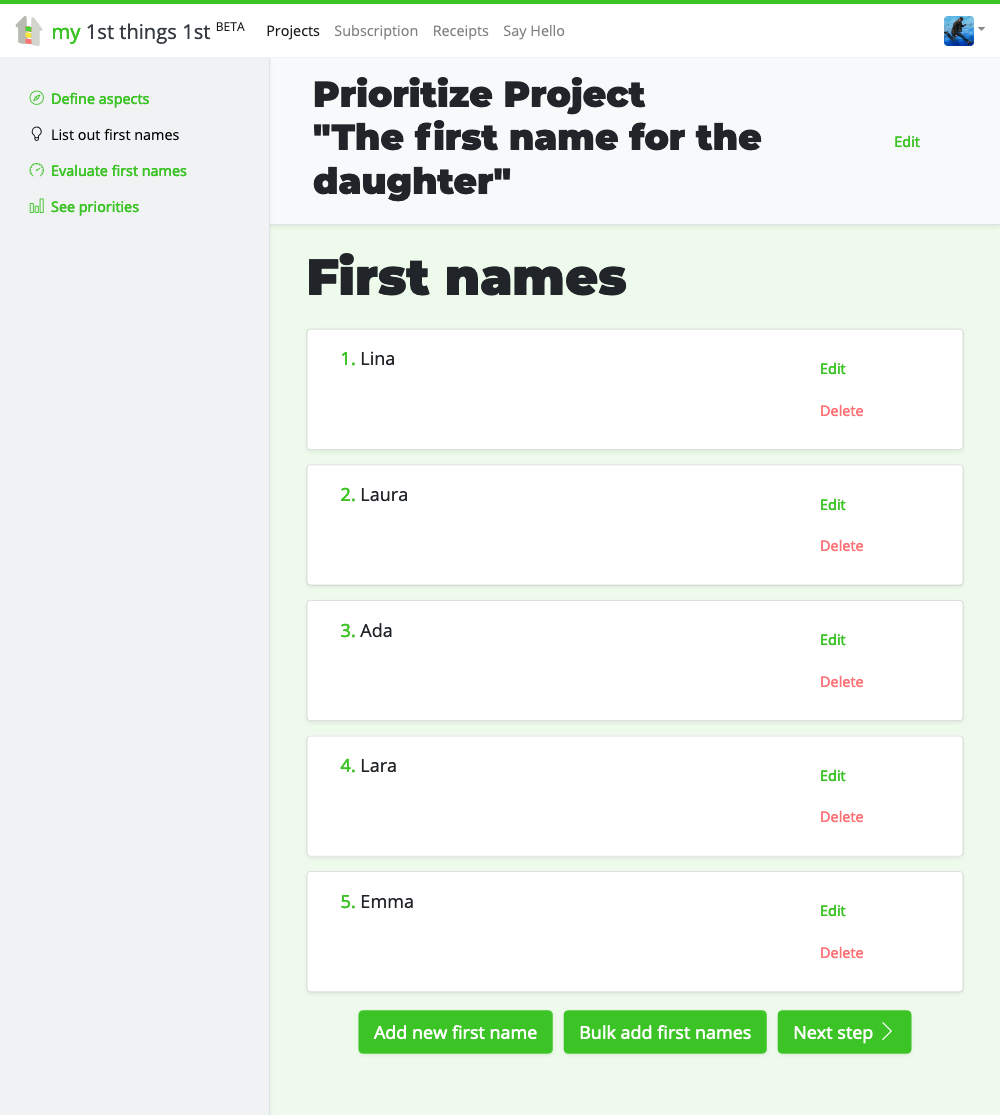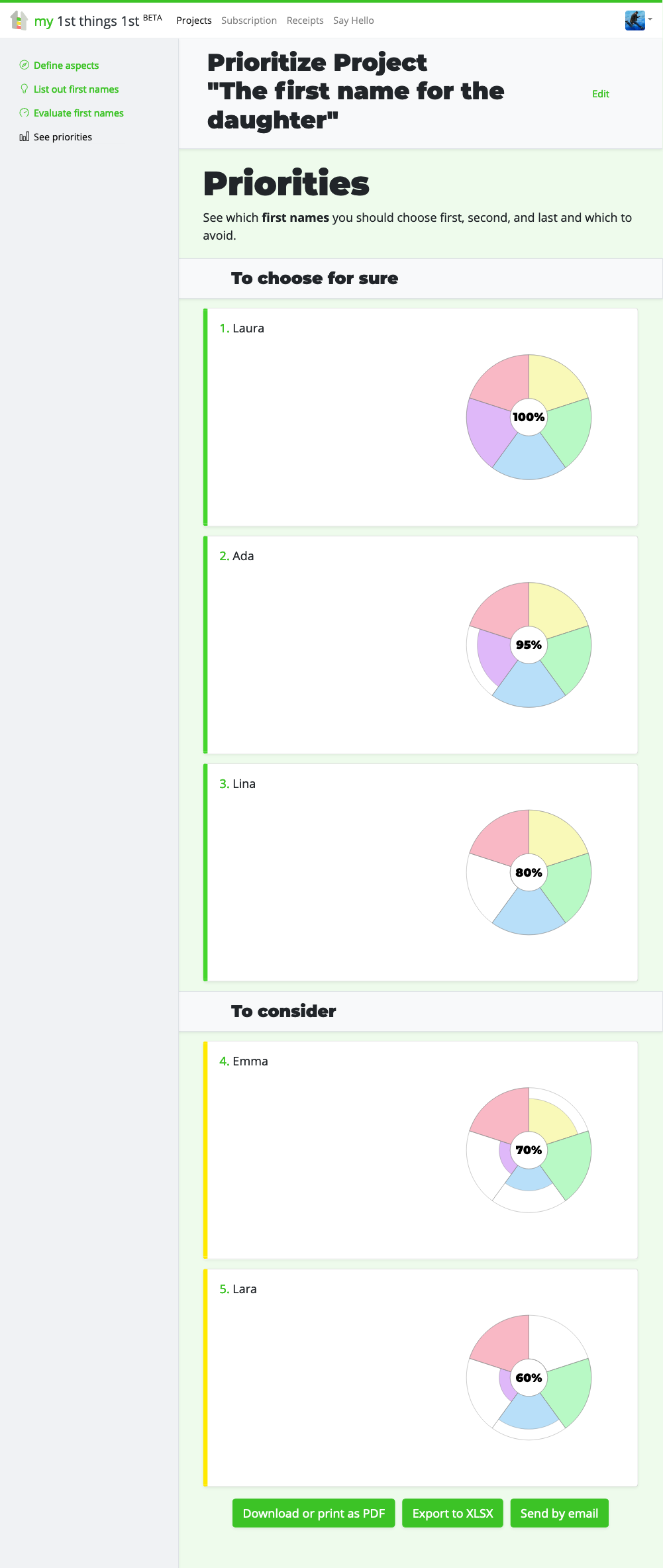Lithuanian polymath Tomas Jonas Girdzijauskas has said once that every man must develop his own Operating System – the core structure and mechanism on how he perceives the world. The Operating System of my worldview is based on many different influences. Still, at its core, I see the philosophies and paradigms of three men who analyzed the human mind and spirit. They are Ken Wilber, David R. Hawkins, and Carl Jung.
Ken Wilber – Integral Theory
I learned about Ken Wilber through a Mindvalley webinar, read online about his theories, watched another webinar that illustrated his theories by themes in movies, and watched a biographical depiction of his love life, titled “Grace and Grit.”
At a young age, Ken Wilber studied lots of philosophies and religions, and combined what he learned into Integral Theory. He defines stages of personal development, ranging from the physical self to the godly self, and assigns colors to each stage, progressing from infrared to clear light. Human consciousness evolves from being ego-centric to caring about one’s close ones, then about their communities, their city, their country, their continent, their planet, all living physical beings, and non-physical ones too.
There are many aspects to explore in Ken Wilber’s Integral Theory, and I may delve into his books at a later stage of my maturity.
For those curious about me, in the past couple of years, I transitioned from Turquoise to Indigo as my baseline – the first level of spiritual awareness. I have encountered the most resistance from people at the Amber level during my growth.
David Ramon Hawkins – Kinesiology
I learned about David R. Hawkins from a Lithuanian Facebook group focused on consciousness, which cited his book. As the texts resonated with me a lot, I purchased the mentioned book, Power vs. Force. An Anatomy of Consciousness-and it was another eye opener for me.
David R. Hawkins analyzed how kinesiology can help you read your intuition. The idea is that people are connected to a common consciousness field, which can be read from by checking the strength of muscle tension. The mind might doubt or lie due to various biases, but the body feels the field more strongly. There are different muscle tests to check the truthfulness of your true-false statements. Some checks I would start with: “My name is …”. Insert your name and the other person’s name there, and see the difference in your muscle strength. Then, check the statements “I am a body” and “I have a body.”
Eventually, those muscle tests fail too, especially when you are sceptical. However, using those methods, David R. Hawkins deciphered and evaluated consciousness levels with their frequencies ranging from 1 to 1000. That has a similarity to Ken Wilber’s consciousness levels. Hawkins’ consciousness levels address different emotions as the baseline of what a person feels every day. At the bottom of the scale are shame (20), guilt (30), apathy (50), and grief (75). At the top are love (500), joy (540), peace(600), and enlightenment (700-1000).
At some point in my life, while having the consciousness map in front of me, I could empathetically recognize at which frequency a person is currently living.
Carl Gustav Jung – the Shadow
I learned about Carl Jung from an artistic and technical friend, then watched a few introductory YouTube videos, such as comparisons with Buddhism, listened to the This Jungian Life podcast, and read some related threads on X.
The main idea of Carl Jung’s theories was that a person has their conscious thinking and a persona as a chosen representation to others, as well as a significant shadow side (unconscious), hiding all the suppressed beliefs about themselves and past traumas.
For example, one of the topics of the unconscious is how a person perceives the archetypical masculinity and femininity in themselves.
In society, a lot of humor is based on the assumption that a man is manly and a woman is womanly, and if one has any features of the opposite sex, it’s something to laugh about. But in reality, every one of us has features of both sides; however, some people suppress the features they don’t want to show and accept.
Carl Jung also defined character archetypes: the Hero, the Mentor, the Explorer, the Lover, the Caregiver, the Rebel, the Jester, the Ruler, the Innocent, and the Sage. These archetypes are often used to define personas in marketing. You can recognize similar profiles at 16personalities.
How it all comes together
You can’t get to the surface of the water if you are carrying stones in your pockets.
– Me on socials
As we live at a particular consciousness level as our baseline, we usually have suppressed traumas from the past that raise fears and insecurities about growing into the next levels of consciousness.
By getting into an emotionally safe space and then meditatively going back to the past in memories and re-experiencing the first occurrences of the events that blocked us later in life, we can send energy, love, and understanding to the past version of self, to dissolve the emotional tensions and get free from that trauma that shaped how we react to similar events later in the lifetime. It’s called shadow work, and it’s not as easy as it sounds, especially with the heaviest experiences. However, the more we work on that, the healthier, more loving, and peaceful our life gets later in the future.
By starting to care about bigger and bigger groups of people, we raise our consciousness, increase our responsibility, and create or recall larger missions for why we are here and what we are supposed to do here, or how important it is what we do in the overall journey or grand scheme.
[…] we will see that power arises from meaning. It has to do with motive and it has to do with principle. Power is always associated with that which supports the significance of life itself. It appeals to that in human nature which we call noble, in contrast to force, which appeals to that which we call crass. Power appeals to that which uplifts and dignifies-ennobles. Force must always be justified, whereas power requires no justification. Force is associated with the partial, power with the whole.
– David R. Hawkins
















